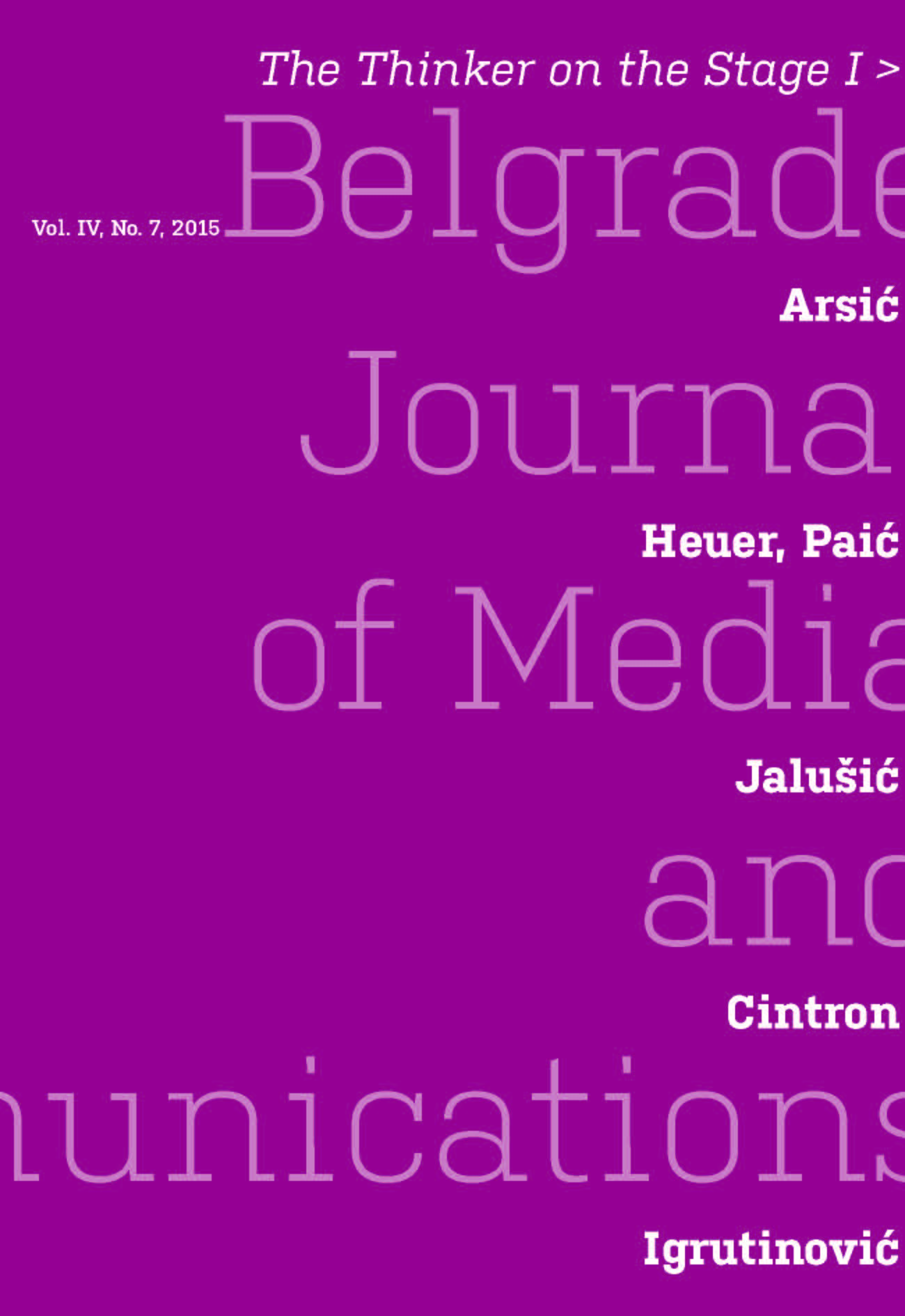Contours of a multi-layered mysticism
Contours of a multi-layered mysticism
The History and Time of a Painting Paul Klee, Angelus Novus
Author(s): Žarko PaićSubject(s): Philosophy, Aesthetics, Contemporary Philosophy, Structuralism and Post-Structuralism
Published by: Fakultet za medije i komunikacije - Univerzitet Singidunum
Keywords: Colour; Event; Angel; Messianic Time; History; Klee
Summary/Abstract: Owing to the interpretation of Walter Benjamin, Paul Klee’s painting Angelus Novus has become the paradigmatic work of modern art. Its mystery is not manifest only in the possibility of revealing the mystical on the borderline between the apocalypse and melancholy. Based on Klee’s approach to the idea of modern art, the aim of this article is to propose a hypothesis on the symbolic meaning of colour. It is about that which emerges from the “surplus of the imaginary” in painting as a combination of “construction” and “composition”. Klee was the only one after Cézanne, as Heidegger noted late in his life in his Diaries and Notes, to have spoken of art as something beyond metaphysics. How should one think the relationship between colour and composition in the contemporary visual arts of ‘today’, if what defines the contemporary art of the event (the performative turn) emerges as the end of history and the implosion of time in the technological and scientific construction of virtual worlds? Can the Messianic and the melancholic in art’s demand for the “surplus of the imaginary” return into painting, as time condenses in the moment the world is created?
Journal: Belgrade Journal of Media and Communications
- Issue Year: 4/2015
- Issue No: 07
- Page Range: 57-77
- Page Count: 21
- Language: English

